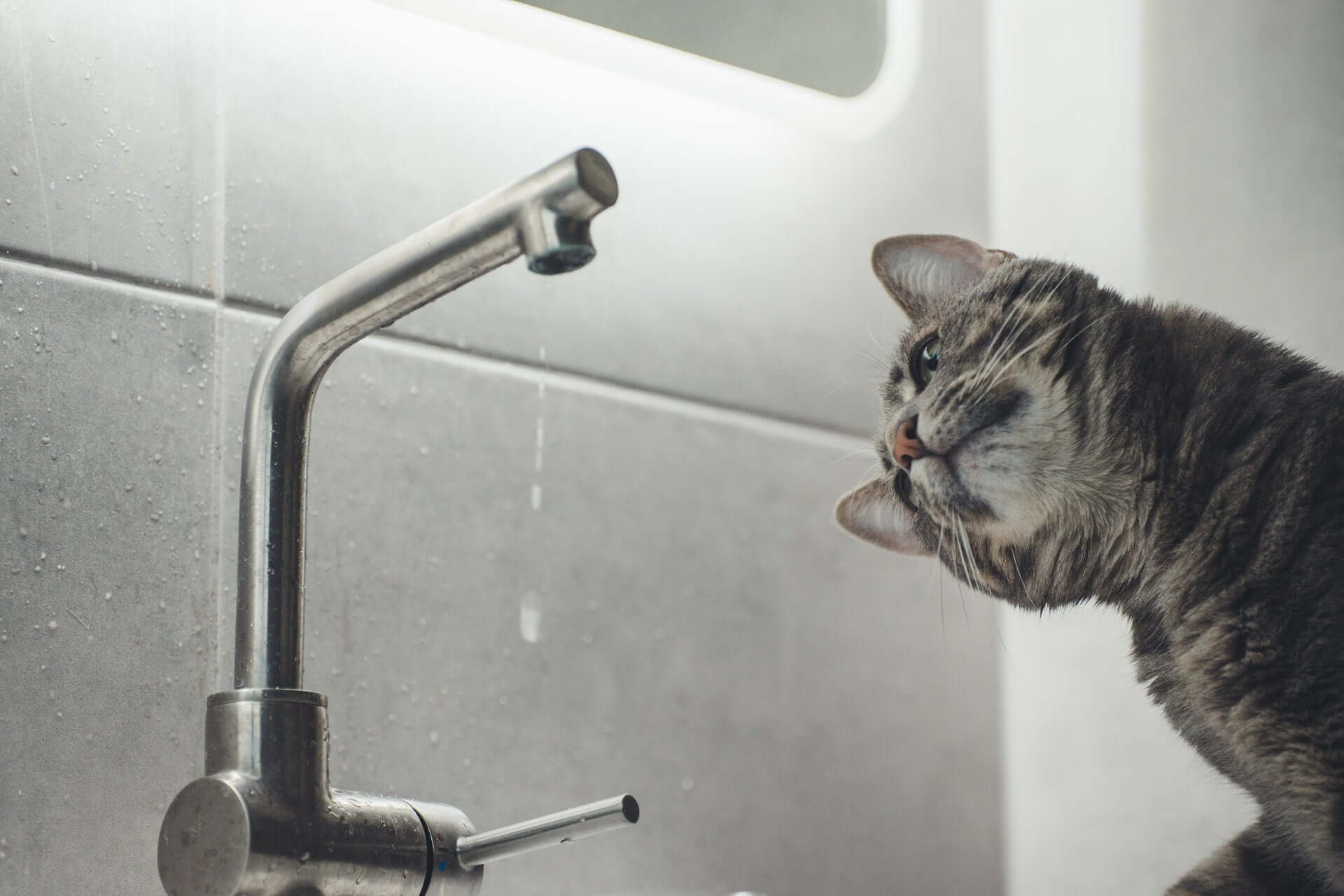
Inhaltsverzeichnis
Save water - this is how you reduce your water consumption
You can save water not only by not letting the tap run unnecessarily. There are many other ways you can reduce your water consumption. I'd like to introduce them to you today, because saving water is sustainable, conserves resources, and contributes to the long-term health of our planet.
Five ways to save water
1. Turn off the tap
As mentioned at the beginning, this is probably the most obvious, but also the simplest, way to save water. Even if we pay a little more attention to our habits and are more mindful of our water consumption, we can make a significant difference. Just pay attention to how often, or whether, you turn the tap on or off while brushing your teeth, washing your hands, or flushing the dishes. If necessary, you can then adjust your behavior and save quite a bit of water.
2. Shower more mindfully
Water can also be saved while showering. For example, by turning off the water while soaping. Or by showering instead of bathing. Bathing can use four to five times more water than showering! There are also water-saving shower heads available for relatively little money that you can easily install in your shower. The water saved not only makes a difference in your ecological footprint, but also in your wallet.
Another option is to shower less often. Of course, personal hygiene is very important and should be taken seriously. But these days, many people shower too often!
Showering too often can dry out your skin in the long run, and washing your hair too often isn't exactly good for your hair either.
Additionally, you should check your instantaneous water heater/boiler once a year to make sure it's set correctly. Very old appliances should also be replaced with a newer (eco) model.
A special tip for plant lovers: When you shower, keep a small bucket handy to collect water while the shower is warming up. This water can be used to water plants!
3. Wash full machines
Whether it's a dishwasher or washing machine, it's best to only run it when it's actually full. While it's very convenient not to have to wash dishes by hand or to quickly put clothes back in the closet, it's not exactly water-saving. Most dishwashers and washing machines now also have an "eco mode" that cleans in a resource-saving manner. This shouldn't be overlooked either.

4. The right garden
I'm certainly no expert when it comes to gardening. But I do know that a well-maintained lawn requires a lot of water. Changing your garden is certainly time-consuming and not entirely cost-effective, but it's worth considering. A garden with less grass is not only sustainable in terms of water conservation, but also because the soil can potentially be used to grow your own vegetables, herbs, or fruit!
5. Virtual Water
"Virtual" or "latent" water refers to the amount of water required to produce a product. Virtual water is not directly visible to us and is therefore quickly forgotten. The amount of water used to produce food and other products varies considerably.
Groceries
Unfortunately, cocoa and cocoa beans fare quite poorly, with a water requirement of 27,000 liters per kilogram. Meat production is also very water-intensive: Many types of meat, such as poultry or pork, require 4,000 to 5,000 liters of water per kilogram. Beef significantly exceeds this, requiring 15,000 liters of water per kilogram. Potatoes, carrots, lettuce, and tomatoes, on the other hand, require little water (approximately between 100 and 200 liters per kilogram).
One of the best ways to conserve water in your diet is to consume fewer animal products. It's perfectly fine to start small. For example, you could introduce one meat-free day per week or try vegan breakfast ideas every now and then.
Clothing
Even our clothing contains enormous amounts of virtual water. Cotton cultivation, in particular, is very water-intensive (over 22,000 liters per kilogram of cotton fiber). Viscose, for example, performs significantly better than cotton at 350 liters per kilogram. Incidentally, viscose is also used for our paigh pants used, and even if the material is not perfect in terms of sustainability, it at least scores points in terms of water consumption.
The most sustainable ways to source clothing and save water in the process are still second-hand shopping, swapping clothes with friends, considering whether you really need the item before buying, and focusing on quality over quantity. :)
Recycling and reusable products
If possible, you should avoid disposable products and purchase recyclable (packaging) materials. Toilet paper, which also requires a lot of water to produce, is also available in paper packaging. This way, you at least reduce plastic waste. Shower toilets and butt showers are becoming increasingly popular.
The production of water bottles and coffee cups is also water-intensive. Investing in a reusable water bottle or coffee cup makes sense for this reason alone. As sustainability becomes more and more popular in society, there are now a whole host of great alternatives and value-added products that are practical, cost-saving, and environmentally friendly.
Which of these tips have you already implemented?
If you would like to learn more about sustainability, mindfulness or healthy eating, take a look here over.








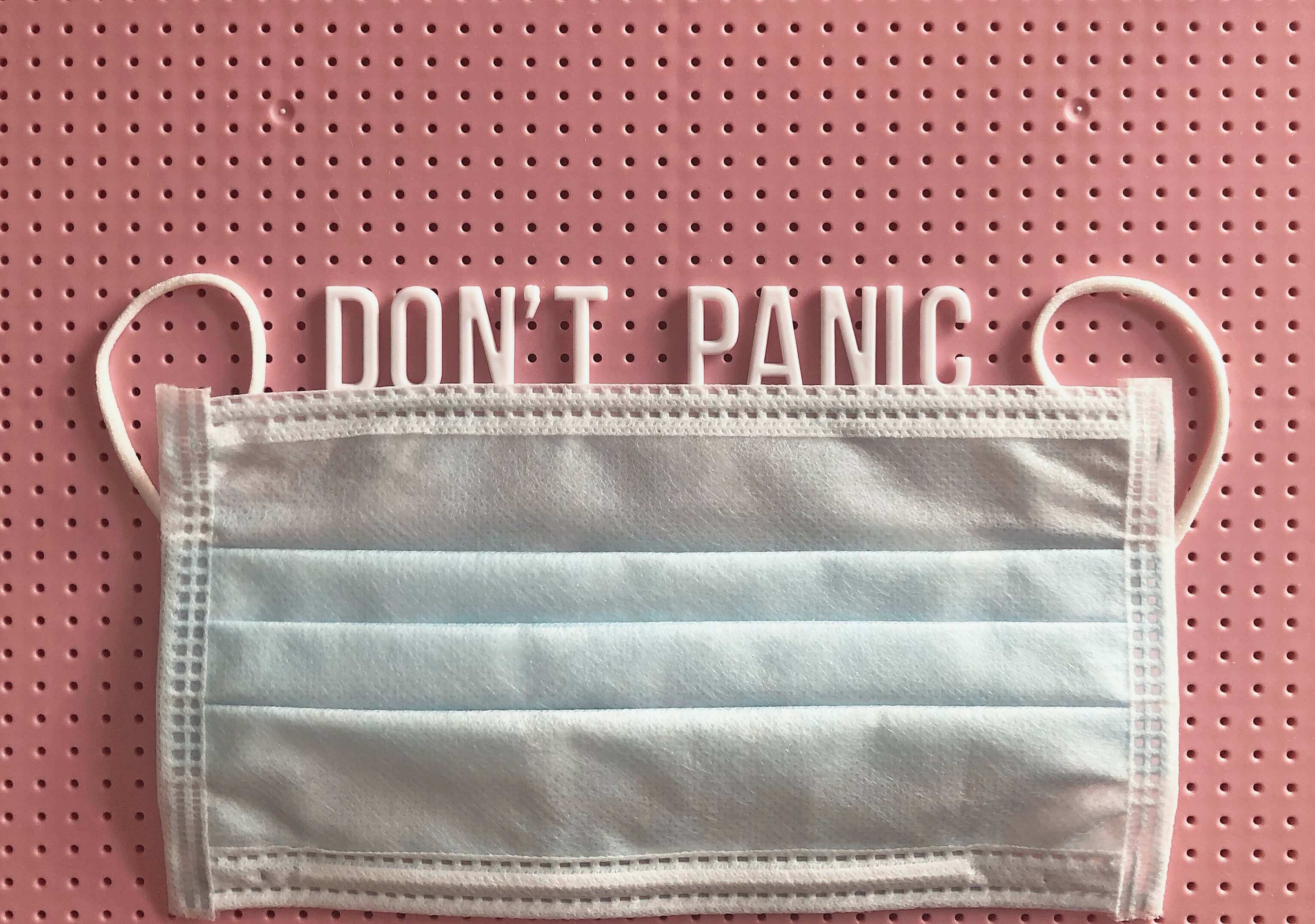
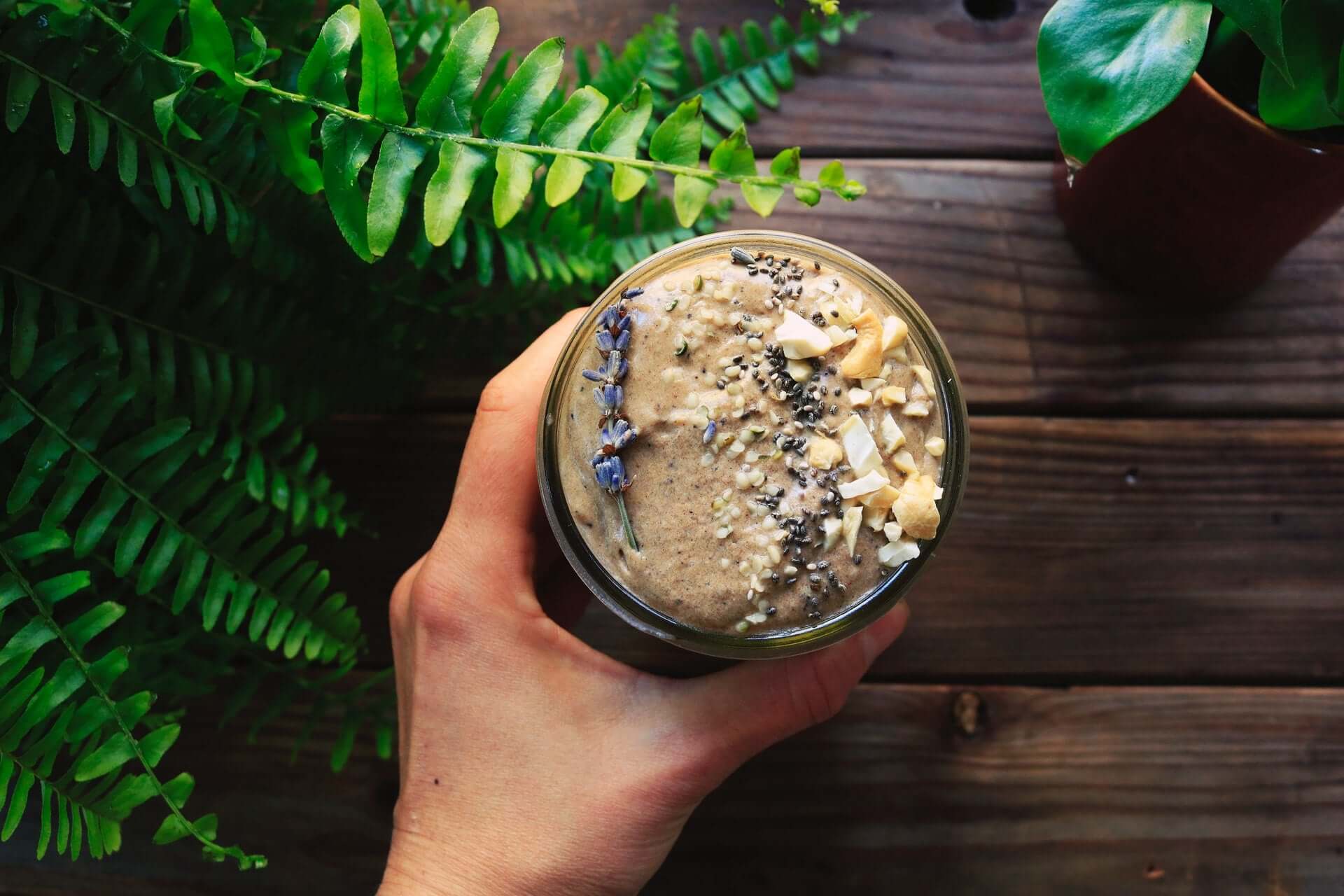
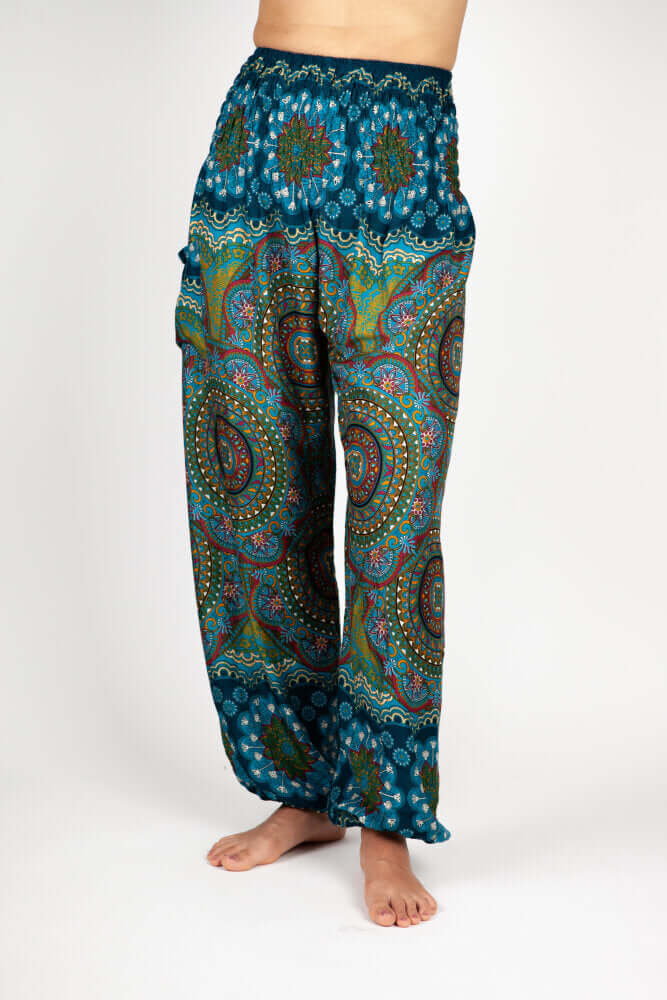
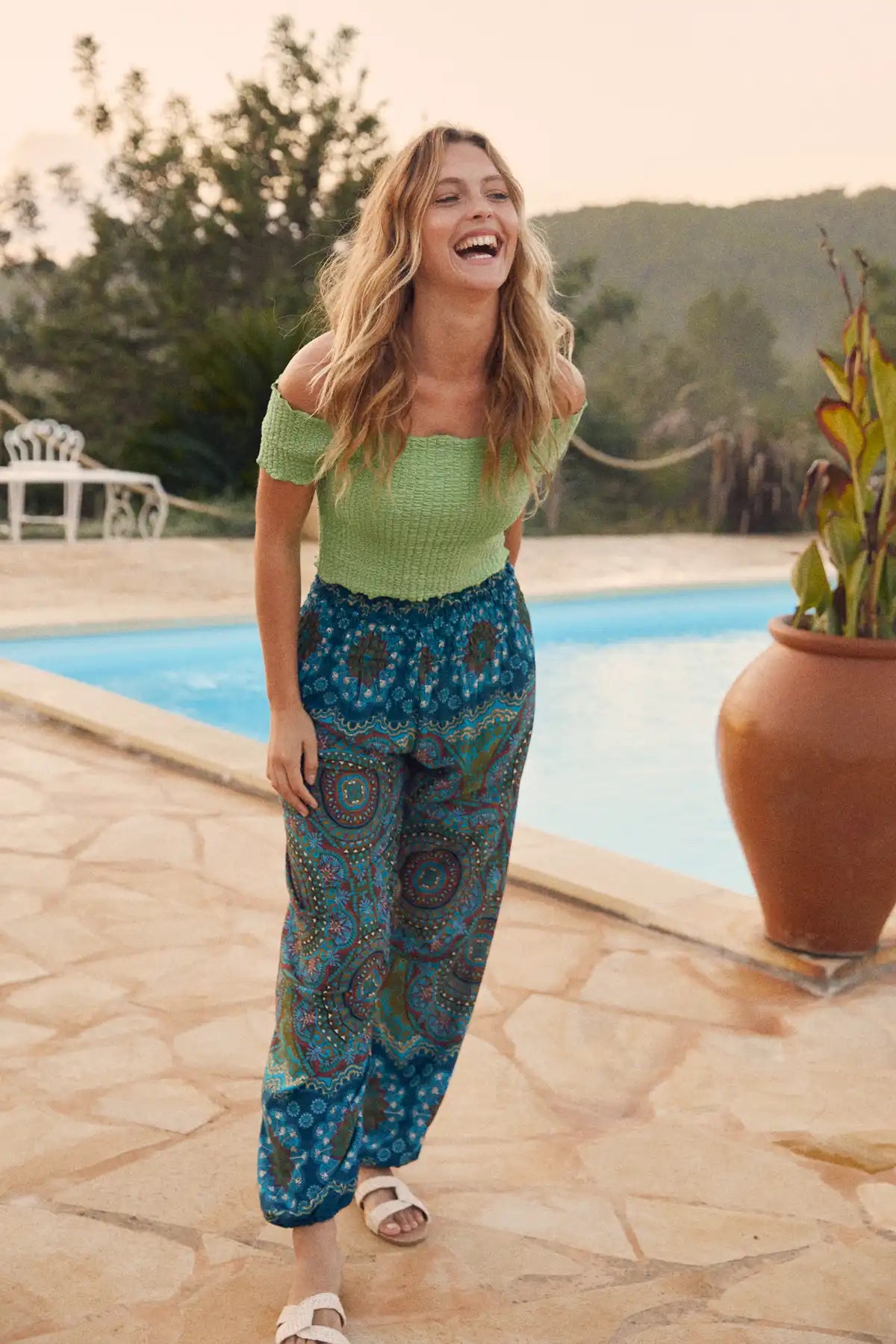
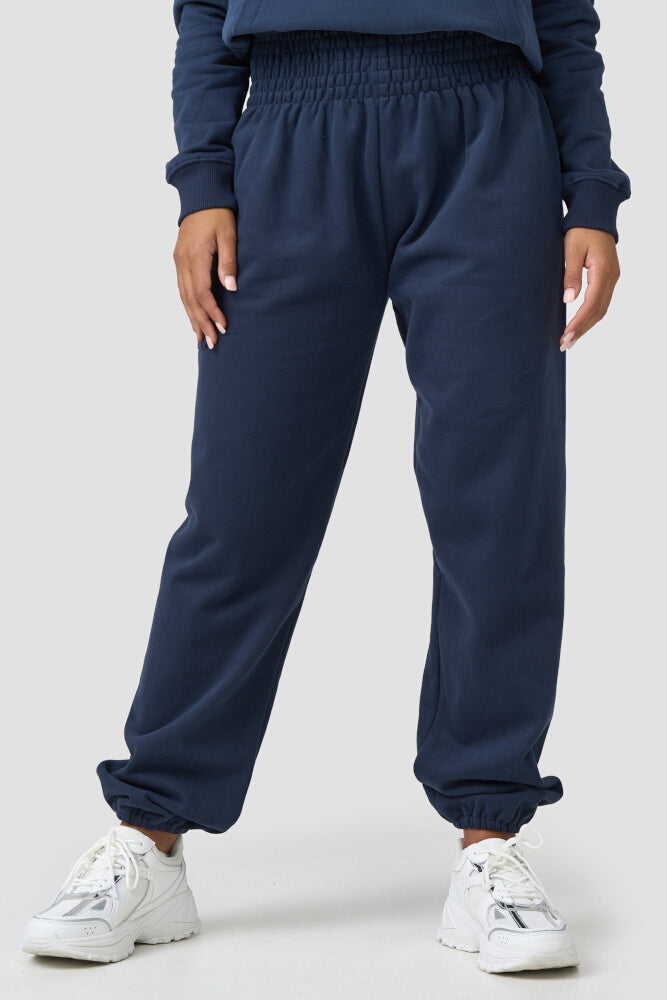

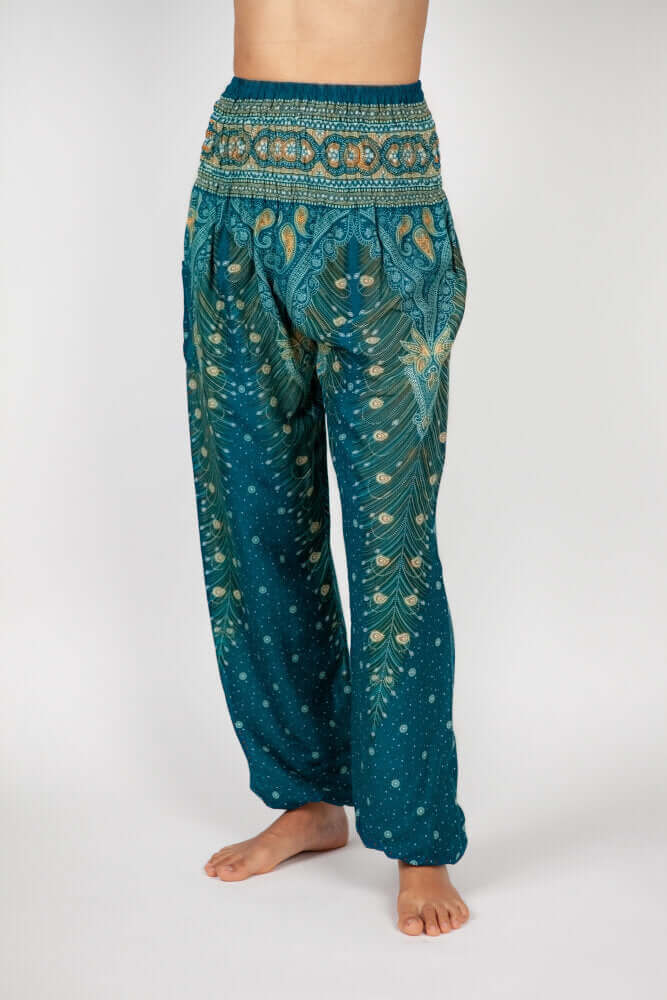

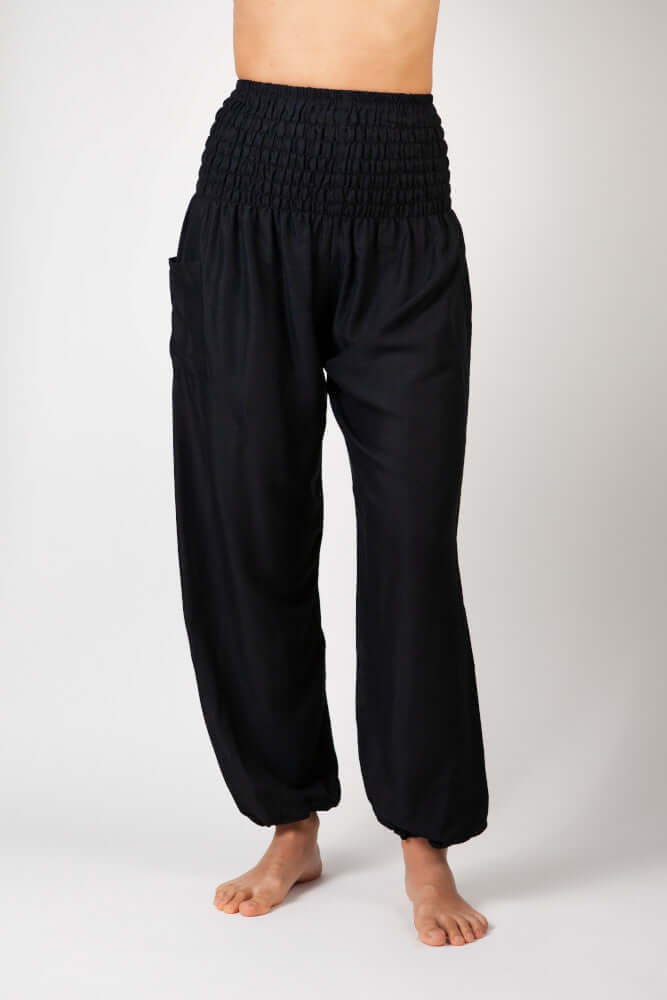

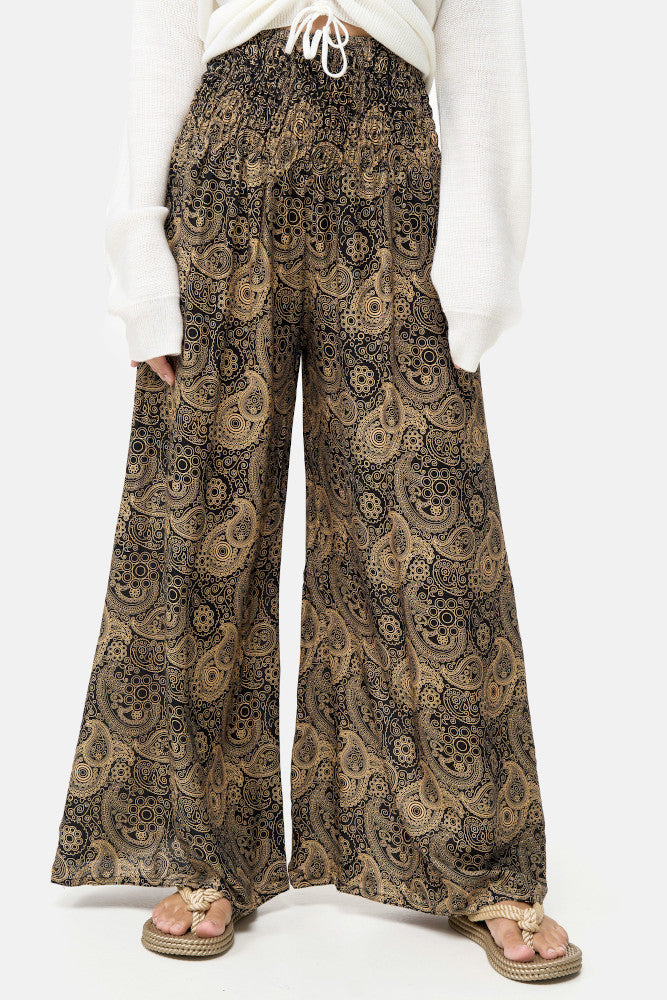
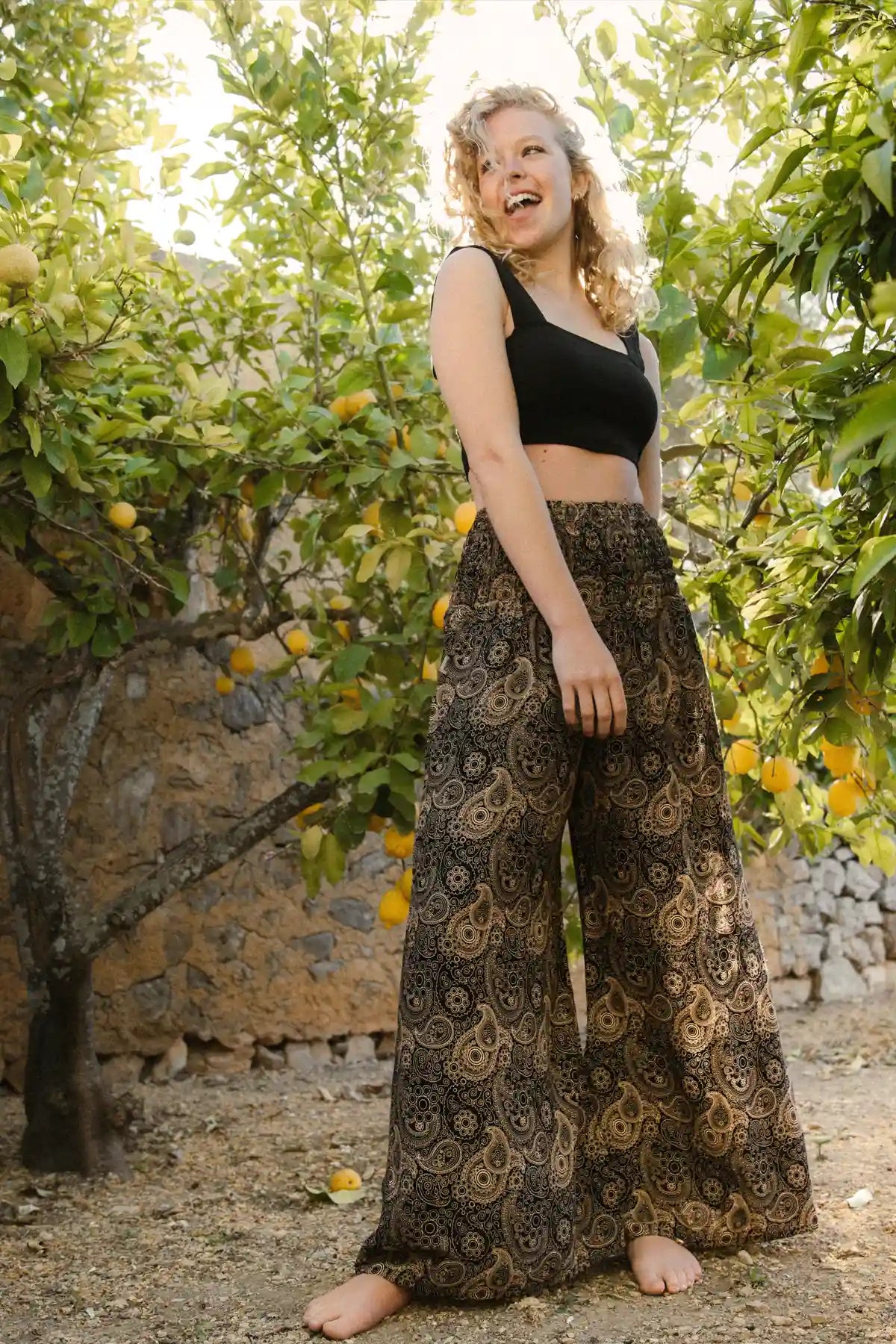
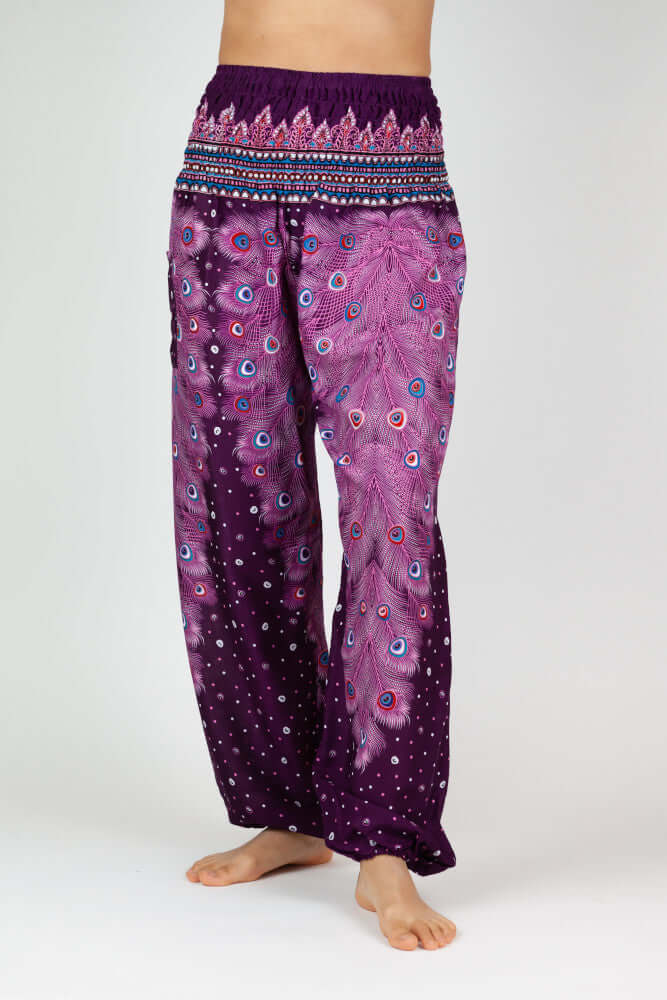

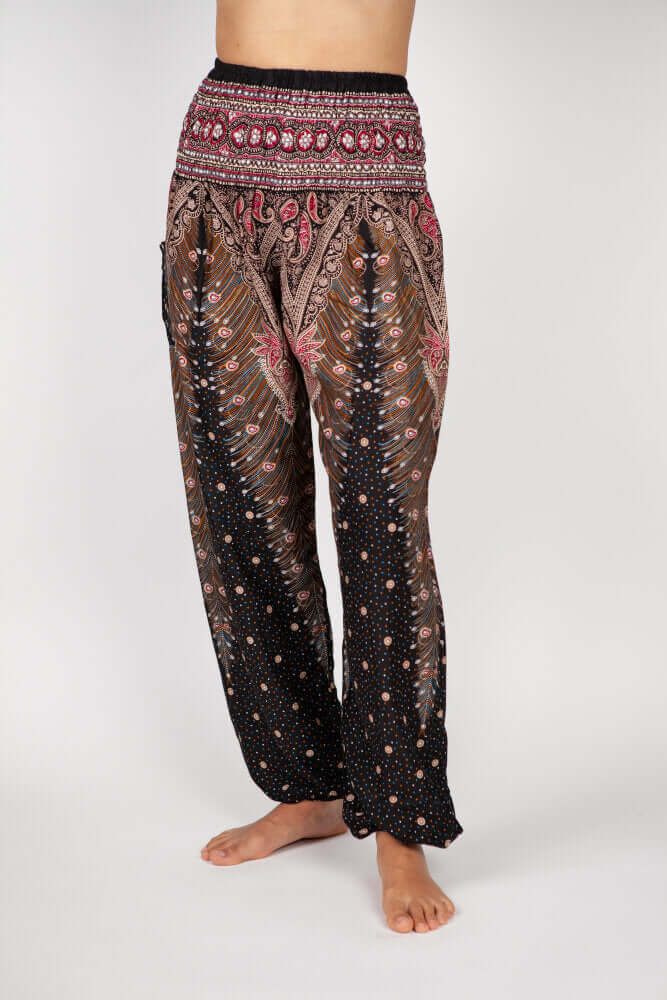

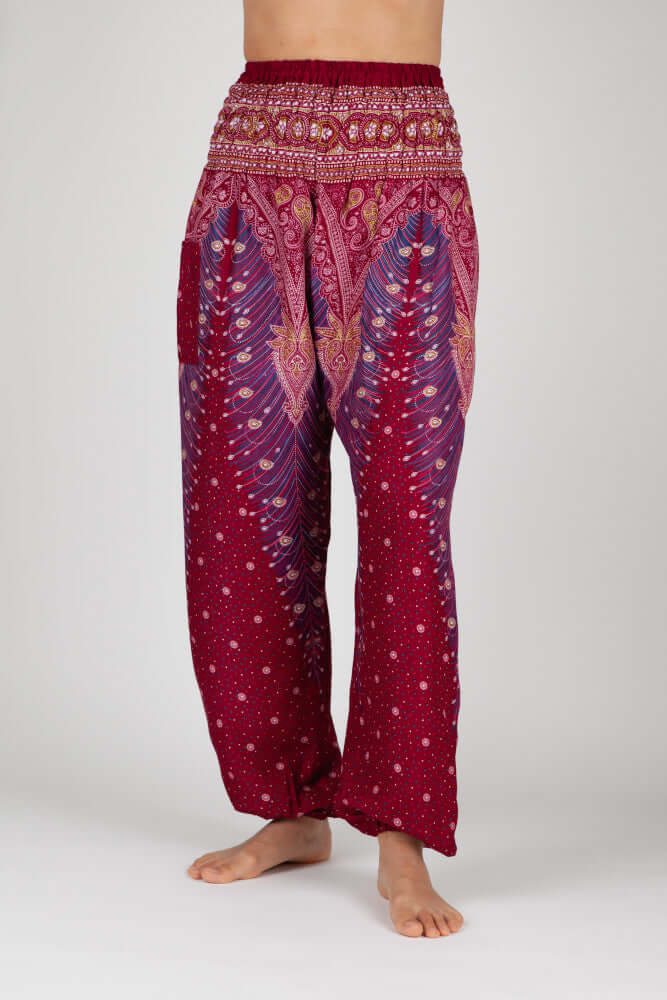

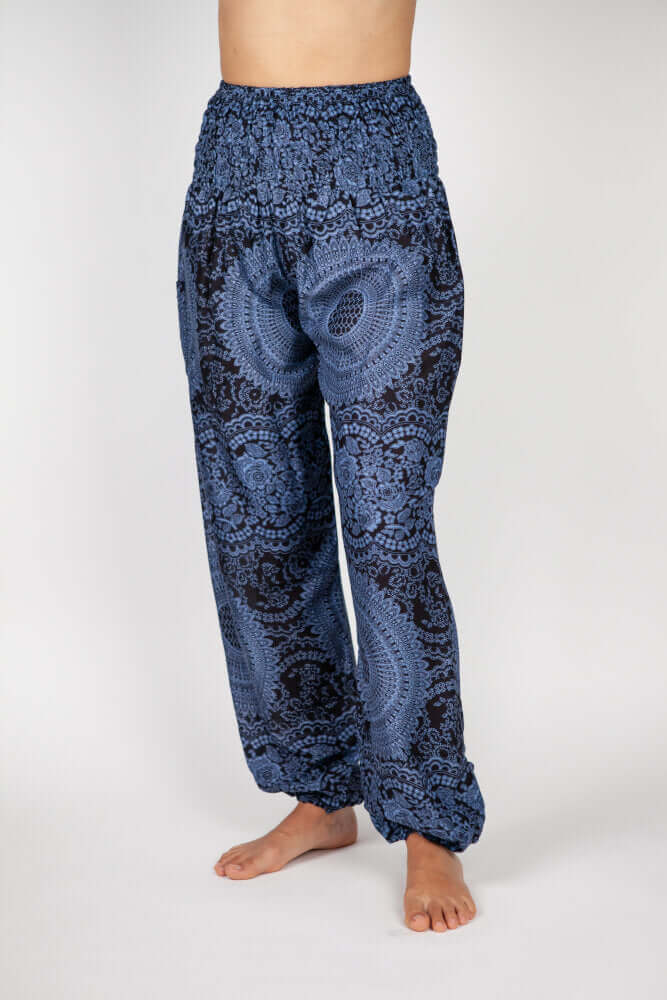

Leave a comment
This site is protected by hCaptcha and the hCaptcha Privacy Policy and Terms of Service apply.